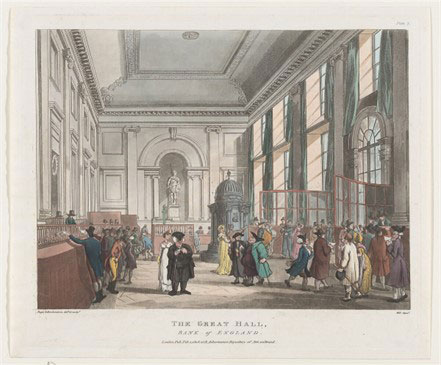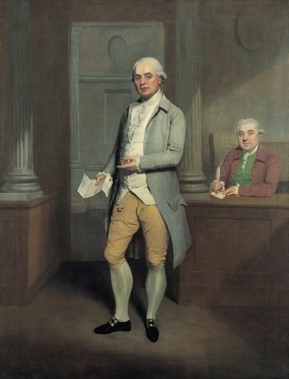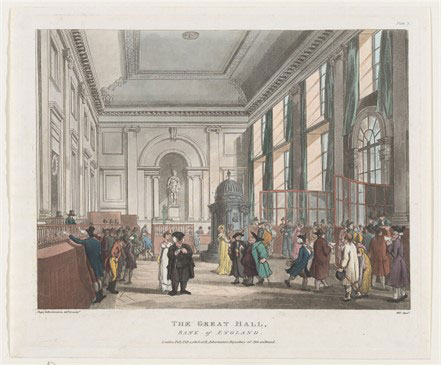Blog
Professor Anne Murphy, University of Portsmouth
Many people today would regard the search for virtue in banking to be in vain. The common assumption is that bankers are greedy for profits and far too willing to take risks that, when they go wrong, lead to expensive bail outs using tax-payers’ money while the perpetrators walk away with their bonuses intact.
The eighteenth-century view of financiers was often no better. Financial markets were viewed with suspicion and many believed that bankers operated against the country’s interests by supporting the numerous international wars of the eighteenth century from which they profited.
As my new book, Virtuous Bankers, shows, the Bank of England was not immune from such accusations. Founded in 1694, the Bank of England was still a young institution in the 1700s. At this time, it was a private company answerable to its shareholders. It was still far from fully accepting the kind of responsibilities for support of the economy and banking system that characterise its work now. Although it served government interests, many of its critics thought it was seeking to extract too high a price for that service.



